Rabbits, flies, mustelids, possums: 5 tips for beating every pest on your block
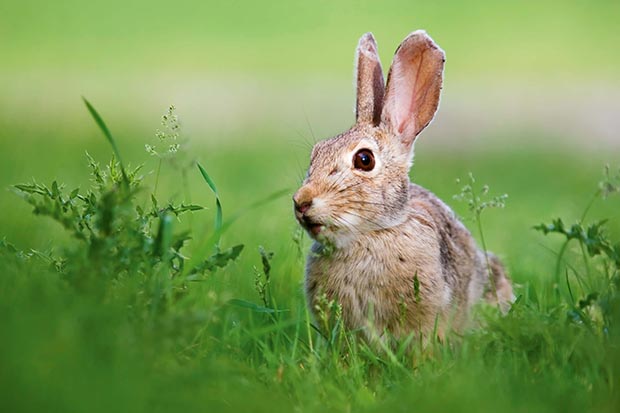
From cluster flies to feral cats, we’ve got tips and products to help you beat the pests on your block.
Words: Nadene Hall
RABBITS
1. Find out where your local air rifle club is and ask if members would be willing to shoot rabbits on your property. Many are volunteers who live on small blocks, and all should understand the safety rules regarding air rifles. Ask for references, and make it clear where shooting can and can’t take place. The great thing about air rifles is their limited range, and they are quiet. Ask at a hunting store for a club’s contact details.
2. Know what you’re shooting before you take the shot. Good spotlights are a must to establish eye-shine (red-pink in rabbits, hares and possums, green-blue for sheep and goats, yellow-green for horses, blue for cattle). If in doubt, don’t shoot.
3. If you have limited opportunities for shooting, and too many pets or close neighbours to use poison, you can gas rabbits in their burrows. The product most commonly used is Magotoxin which is available as tablets. These release a highly poisonous gas when exposed to water vapour in the burrow. Instructions on placement (which includes finding and digging out all entrances) and sealing the burrow must be followed scrupulously. Their main target is young rabbits that are less likely to be outside.
4. If you are going to use an anticoagulant poison like Pindone, you need to be rigorous in laying bait for 3-4 days in a row, removing it, then repeating the dose a few days later as rabbits require two feeds of it to die.
5. You can trap live-trap rabbits using a home-made snare but these need to be checked, preferably every few hours as you still have obligations in terms of animal welfare. Take some strong string, a shoelace or some fine wire, 50-60cm long and fashion a noose at one end, then attach the other end to a stake, nearby tree or the wire of a fence. Rabbits create tracks around obstacles so look for worn-down trails of grass.
Place away from a burrow as they tend to be most cautious when first coming out. If using string, use small sticks to hold the noose open so you can fit your clenched fist through it. Place it about five fingers above the ground (to catch the head).
FLIES
1. Cluster flies are becoming more of a problem as they spread around NZ, and they are one of the most difficult fly species to repel or kill off. If you have had cluster flies previously, autumn is the time to be making plans to kill off the parent flies. Use a residual spray on former clustering sites as it’s believed the flies use smell to return to a previous “home”.
Search along eaves, check inside your ceiling, and if you know there are holes, pre-treat with a residual spray to stop flies getting inside. If you do kill off a cluster, vacuum or sweep up the bodies and bury them as they contain high levels of fat which will attract more cluster flies. If you have a serious infestation, there are pellets you can spread around your house that kill the larvae in the soil.
2. Using fresh herbs is an excellent way to repel many fly species. A pot of basil with 3-4 plants in it on a kitchen bench or a couple outside an open door works well. Encourage basil to bush up by pinching out any seed heads that develop. Crushed mint in sachets hanging in rooms also repels flies.
3. Rue is another herb that is said to work well as a fly repellent. Plant and place as for basil but be aware that if someone brushes up against it on a hot day, it can cause blisters on sensitive skin.
4. Make your own fly trap (see below). Take a 1.5 or 2 litre plastic water or soft drink bottle and cut the top third off. Place bait in the bottom of the bottle (good options include dog poop or raw meat), half-fill with water, then invert the top and hold it in place using duct tape or electrical tape. Hang 5-10m from the house or close to dog kennels, hen houses or compost bins. Flies can get in, but can’t get out and eventually drown.
5. If you hate flies leaving deposits on your walls and ceilings, Resene now has a product that you can add to its paint that works as a deterrent. Testing has shown “significant reductions” in fly spots compared to standard paint products.
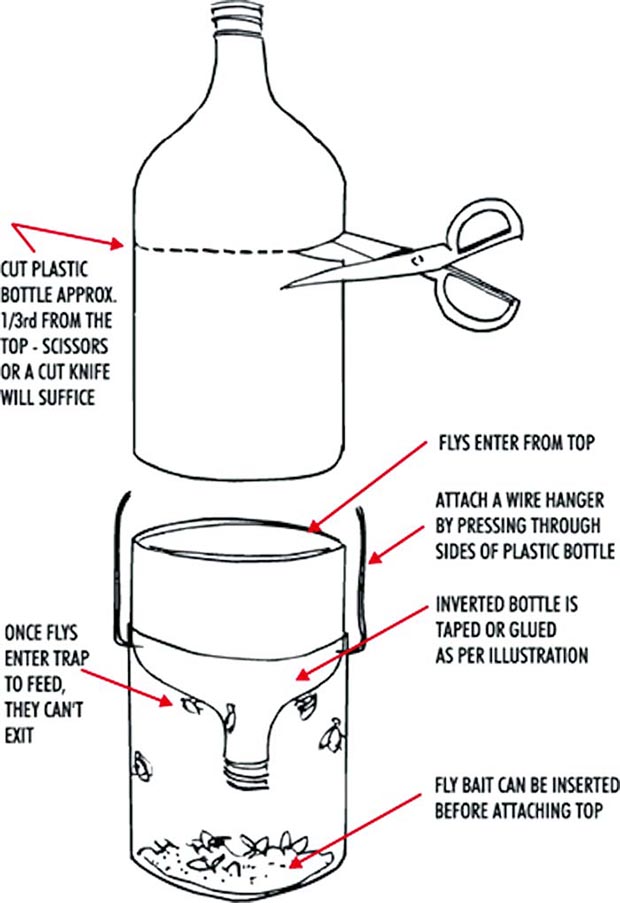
MUSTELIDS
1. Mustelids – ferrets, stoats and weasels – are rarely seen but present in most rural areas. They are also the most difficult of all predators to trap: traps that are baited and set every day of the year will catch – on average – just 3-4 mustelids a year, but every one counts.
2. The Department of Conservation has found the most effective baits are a fishy cat food, freshly killed rabbit or chicken (particularly entrails), or (the longest-lasting one) a whole or broken egg. However, a trap on a well-chosen site set on a natural ‘runway’ along a fence or stream will catch mustelids with no bait.
3. All traps must have a tunnel because mustelids can’t resist investigating them, and they also stop birds and pets from accidentally getting caught. The most effective traps allow a mustelid to see right through it. If you suspect a mustelid is about but haven’t trapped it, try leaving the trap un-set for a while so they get used to running through it.
4. A tunnel can be made out of anything so long as it is strong, has three sides (no bottom is required) and is at least a metre long, with the trap placed in the centre. Plastic or concrete pipe, or a three-sided wooden tunnel will work fine.
5. When you do catch a mustelid, particularly if it is male, drag its body (genital-side to the ground) around the trap and down the trail in either direction to make it just that bit more enticing to the next mustelid. Gross, but it does work!
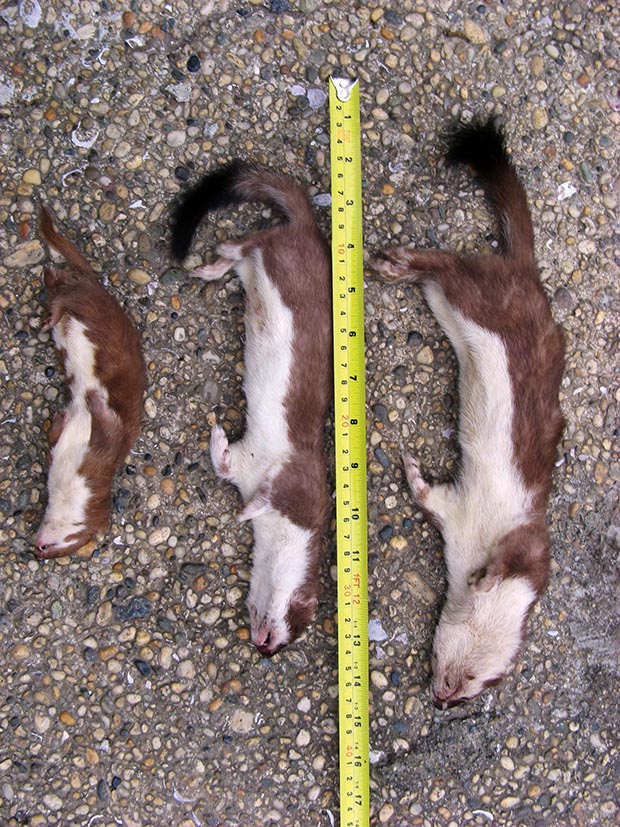
POSSUMS
1. It is illegal to release live possums in New Zealand. All live captured possums must be killed humanely. It’s far less messy if you use a kill trap.
2. Everyone has their favourite baits, but sometimes possums will become bait-shy, so try mixing it up a bit: a quarter of a fresh apple or orange, or pieces of carrot, or try sprinkling cinnamon or aniseed flavouring over bait.
3. Landcare Research has found possums are far more likely to take poisoned bait from a bait station if pre-fed on non-poisoned bait first so they get used to the bait station’s prescence.
4. Don’t use meat or fish as bait or you will attract pet cats to the trap.
5. Shooting possums is a great way of reducing the pest population and earning yourself some money. Basically Bush (www.basicallybush.co.nz, phone 07 315 7765) buy fur by the kilo. They recommend hunters “skin the best and pluck the rest”, and require fur to have a minimum fibre length of 2cm (with an average of 2.5cm), be dry to the touch and contaminant-free.
RATS AND MICE
1. If you have holes where you suspect mice are entering your house, use steel wool to block them, as it’s harder for them to gnaw through.
2. When trapping mice, ideally use twice as many traps as you think you have mice, and place in groups of two or three.
3. The best bait is peanut butter – it’s sticky so stays on the trap, it’s cheap, and it smells very attractive. Other options include marshmallow or chocolate (tie them to the trap using dental floss or a clever rodent may run off with it), bacon rinds, or bits of string or fluff (mother rats gather them for nesting). If they’re still bait-shy, try a drop of vanilla essence on the bait.
4. Traps should go off at the lightest touch. If a trap’s springs are stiff, use vege oil to lubricate them, not engine oil as it’s off-putting to rodents.
5. Baiting is a very effective way to deal with a rat population but it requires patience and an ongoing programme of bait-laying. Baits need to be secure so rats can’t take them away and store them, and preferably in some kind of tunnel so the rat feels comfortable to stop and eat.
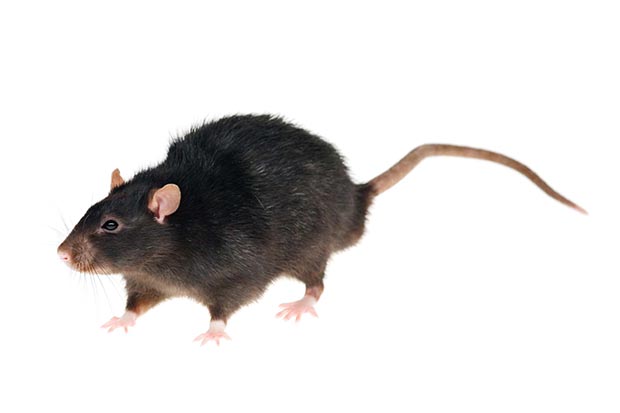
WARNING
If you use any kind of live capture trap for any mammal pest, it must be checked at least once every 24 hours, but we recommend you check it more at least twice in a 24 hour period. Pest animals must be humanely disposed of.
Humane disposal is accomplished by shooting, or delivering a stunning blow to the back of the head with a hammer or heavy stick, between and slightly forward of the ears, then a second blow in the same area to kill it. Be wary when killing mustelids, possums and feral cats as all have sharp teeth and claws.
FERAL CATS
These are cats that have gone wild, or that were born in the wild to feral mothers. It is difficult to tame a wild cat, and even some kittens can be untameable.
– Feral cats can have huge territories, from 30-80ha.
– The most effective method is to trap them so you can check if they are someone’s pet, and then either release them, or dispose of them by shooting or by euthanasia.
– Shooting is ineffective because if you miss, the cat will move on, plus you don’t know if you are harming someone’s pet.
– Pet cats do not come under the same bylaw control as dogs, so a pet cat does have a right to be on your property.
– If you have cats, give them a high-vis collar, so it’s obvious even in the dark that they are a pet.
– Some tame cats caught in traps will act “wild”. Place the cage somewhere dark and quiet for an hour or so, and then check the cat’s reaction. A vet or the SPCA will be able to tell if it has a microchip.
– Feral cats can carry parasites, TB, and toxoplasmosis which are harmful to people, and are almost always infected with the deadly FIV so they can easily infect your cat if they bite them.
– If you get scratched or bitten by a wild cat, it is extremely important that you immediately go to a Dr for antibiotics.
– Feral cats tend to live for only a couple of years due to disease and injuries, but in that time, a female can have four litters a year.
– Some SPCAs and vet clinics will fix a wild cat at low or no cost if you are prepared to return it to where you found it.
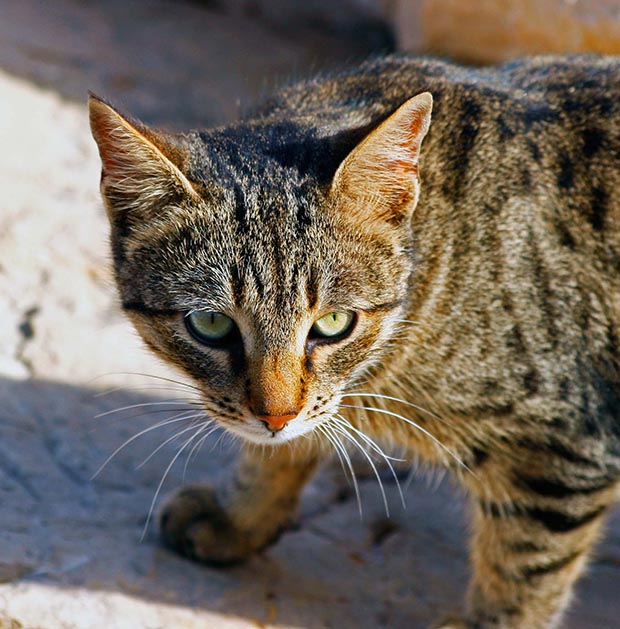
7 RODENT ERADICATION TIPS FROM PESTOFF
To avoid rodents becoming a pest at your place:
1. Start your Pestoff baiting early in autumn before rodents head indoors.
2. Always use a Pestoff Bait Station (Dead Rat Café or Departure Lounge) to achieve a good result.
3. Ensure rodents do not have access to other food sources, ie, food scraps.
4. Maintain fresh bait, replace every 2-3 days initially, then every week or two.
5. Do not touch bait with your bare hands as rodents avoid human scent.
6. Place bait stations along a wall or building (indoor and outside).
7. Follow product instructions to minimise the risk to non-target animals.
PESTOFF Products, visit www.bell-booth.co.nz or call free on 0800 80 90 91.
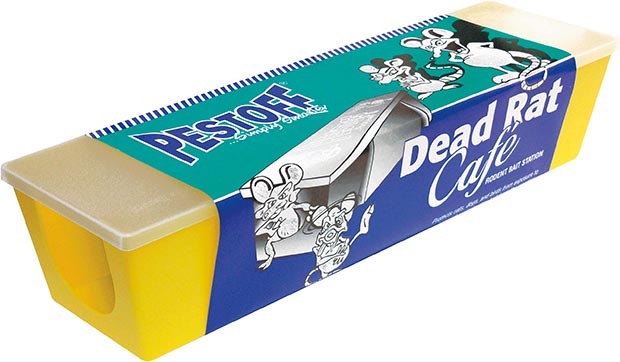
FIGHTING FLIES
There’s been another shocking fly infestation for many people this summer, however research has shown that the usual methods of combating flies could be just as unhealthy as the flies themselves, to both people and the environment.
Standard fly sprays contain strong chemicals, and electronic fly zappers release bacteria, viruses and insect parts into the surrounding air.
But new, healthy and environmentally-friendly alternatives are emerging, like the Enviro-Safe Products fly catcher, a product that has proven to be more effective than any other standard repellent method and is 100% environmentally-friendly.
It is completely chemical-free, pesticide-free and non-toxic, but its attractant is irresistible to flies from a distance of 20 metres. The Enviro-Safe Fly catcher traps a broad range of fly species including house, bush, and blow flies (excluding fruit fly). Available from hardware stores, check out www.envirosafeaustralia.com.au for more details.
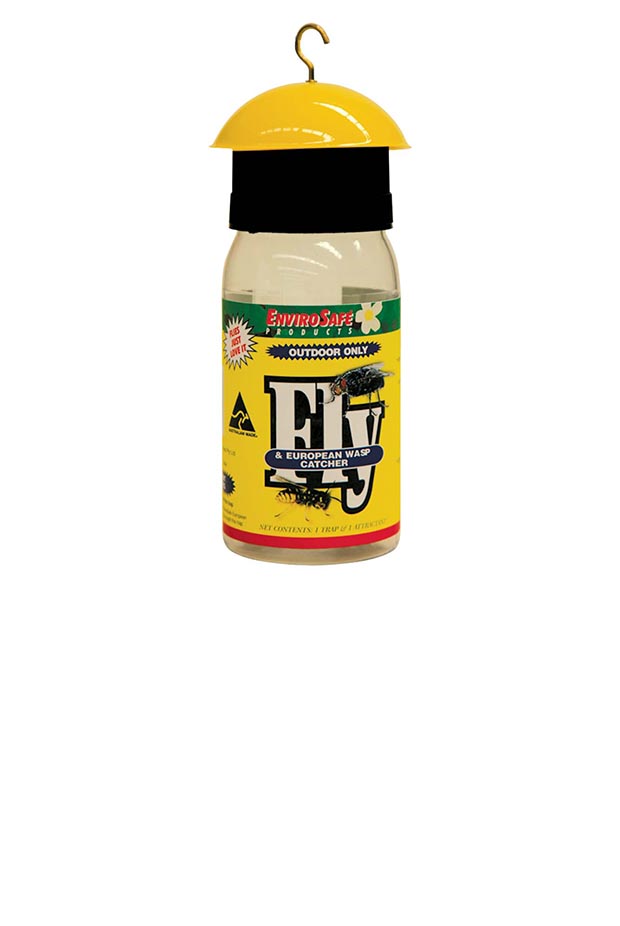
TRAP OF CHOICE
With the help of Department of Conservation, the Doc Series Traps for ferrets, stoats, weasels, rats and hedgehogs were developed by Phil Waddington, the inventor of the Trapinator possum trap.
The Doc Series Traps are the traps of choice for DOC for their effectiveness as a tool, but also because they are the only traps to pass humane testing in NZ. DOC has thousands of traps doing their job every day, protecting kiwi chicks and other vulnerable birdlife. Stoats and ferrets particularly spend most of their time on the run, giving them a ferocious appetite, and they think nothing of eating eggs, chicks or even each other if they get the chance.
DOC and community groups have gone a long way protecting native bush with these traps, and you can protect your backyard too. The traps come in three sizes: Doc150, Doc200 and Doc250.
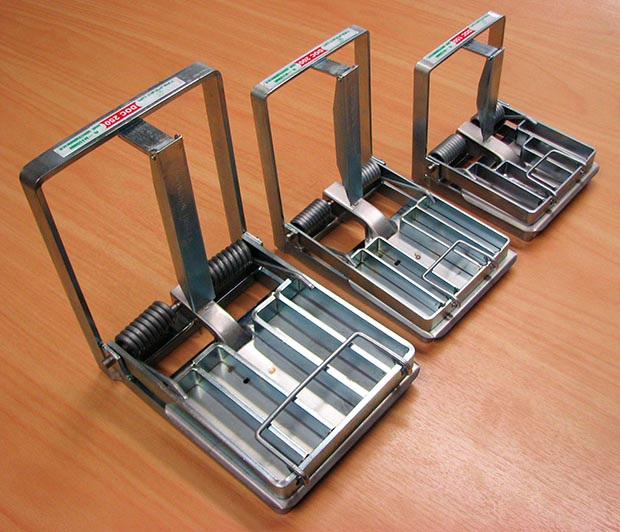
PHILPROOF BAIT STATIONS AND TRAPS
Have you got problems with possums eating the fruit off your trees, rabbits digging up the lawn, rats invading your house, or stoats and ferrets attacking your poultry?
Brooke Keith of Philproof often fields calls from home or small block owners desperate for a solution, be it a trap, bait or bait station.
Philproof bait stations are in demand due to their ability to protect bait from rain, their ease of use and their durability. Philproof products have many other advantages:
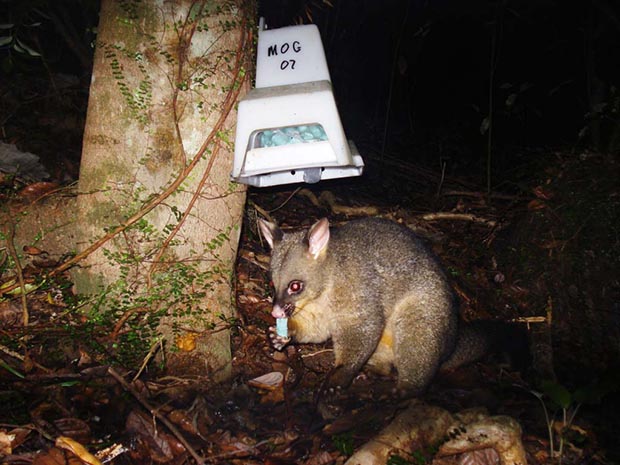
– Designed for easy inspection and replacement of bait (all baits available)
– Made in NZ from tough recycled polyethylene with UV stabiliser added
– Light and compact (and stackable when disassembled)
– Waterproof so bait stays dry and water can’t pool
– Replacement parts available
– Cost-effective, at less than half the cost of imported heavy- duty bait stations
For more information, to buy direct online, or to find a stockist nationwide, visit www.philproof.co.nz, or call Philproof on 07 859 2943.
Love this story? Subscribe now!
 This article first appeared in NZ Lifestyle Block Magazine.
This article first appeared in NZ Lifestyle Block Magazine.
